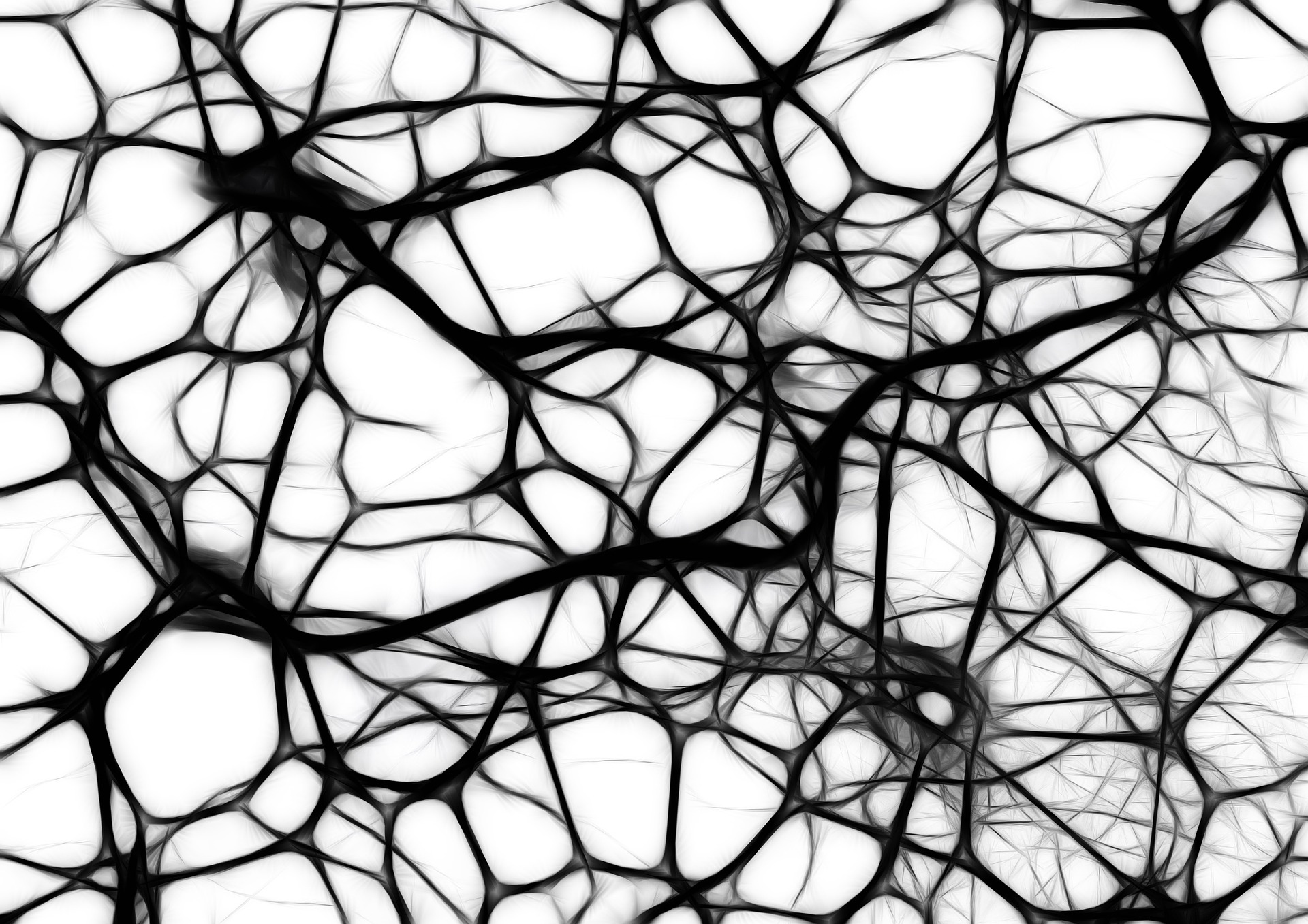Who said that there are no miracles? Human-made wonders surround us, we just do not pay attention to them. One such miracle is the Bitcoin. Built on the mysterious blockchain technology, it became the world’s first cryptocurrency—a true digital asset that can be owned and transferred to others almost as securely as physical items. The truth is that the notorious blockchain is a rather well-known and simple way to protect a chain of blocks from changes. The real mystery of a cryptocurrency is the consensus protocol. That is the heart of the Bitcoin miracle that makes it possible to secure distributed financial transactions without any central server or authority. The core of this protocol is an unbiased leader election, based on the proof-of-work.
The Bitcoin network provides all the equally-powered miners with same chance to be elected as the next block verifier. But to complete the transaction, the node must present the so-called “proof of work”—a digital signature that can only be found in the process of thorough investigation. The mining node must find a number called nonce, which will make the block hash small. That can only be done by trying the options one at a time. Once this problem is solved and the nonce is found, all other nodes will have to accept the new block and add it to their copy of the ledger. If two nodes present two valid blocks at the same time, then the network will continue to operate with two parallel branches, until one of them becomes longer than the other. That would mean that the majority of the nodes agreed with this particular version of the truth. In this case, the short branch will be immediately abandoned and forgotten.
This idea was borrowed from our society. The consensus obtained by counting the majority of votes is the key to any democracy. The creators of Bitcoin only replicated the processes that have been tested and worked reliably for more than 2,000 years.
Or have they?
The bitcoin protocol is a rather simple simulation of those complex processes of memetic exchange and testing that occur in human society. Instead of blocks of financial transactions, people test and exchange memes—collections of facts and ideas, packaged into a form that can be shared with others. Memetic testing is also much more complicated than computing hashes. It takes time, energy, resources, and often carries a risk to health or even life. Unlike a one-dimensional transaction ledger, the human mind holds an intertwined multidimensional network of ideas, concepts, and facts linked to one another by logical or emotional associations. Instead of fixed-size blocks of data, people exchange memes that tend to mutate in the process of communication. The winning memes become part of our culture, and the losing ones are forgotten. How do then people come to the consensus of which memes they should adopt? Just like the nodes in the Bitcoin network, we choose those memes that have been tested and accepted by others. The logic of this choice is apparent—the higher the number of people that have tried and approved the idea, the more likely is that the idea carries real value. Unfortunately, unlike the Bitcoin protocol, human society lacks one essential component—people do not use proof of work.
Human beings are good at saving their time and effort. Laziness is the main driving force of our civilization. Why waste energy on testing memes, if others can do it for you? Unlike Bitcoin, the memetic testing does not always render a monetary reward. Testers of new ideas run the risk of losing more than just time. It is much easier to follow the majority and spare yourself the burden of trials and errors. You can spend the saved time on entertainment or test something else. It’s no wonder why many of us chose this way. In every society, there are people who neglect their duties of memetic testing and simply follow the crowd. In a small community, it’s easy to see that no one has spent any time testing a particular idea. However, in a large society, this becomes a much more difficult task. Another difference between Bitcoin and human society is that our consensus protocol is very biased. When deciding which meme to adopt, we listen only to those we trust. This approach provides a much higher diversity of opinions, but it also creates more opportunities for error. By ignoring the views of competing groups, people limit their ability to fix their mistakes.
Our attachment to this method of achieving consensus comes from the ancient times when democracy was invented. In ancient Greece, citizens selected the best ideas by a majority of votes. That worked on the assumption that every citizen not only thought through the issues independently but also tried out different options in practice. These times are long gone. In a large society, we do not have time to think through every issue, nor can we trust others do that for us. Counting the number of people who support this or that idea is not only useless but also misleading. It provides us with a false sense of security, while the whole approach is highly compromised.
Instead of improving our knowledge by looking for the most functional and realistic point of view, many of us choose to take a shortcut. Anyone who wants to find a solution to the real problem must study and verify tons of information, and spend hours reading, thinking, discussing, and testing the conclusions. We are doing all that in the hope that other people will do the same and, in the end, the ideas approved by the majority will turn out to be the best. However, there is another way: why spend all this time and effort on searching for the idea that will be accepted by the majority, when you can convince the majority that the idea that you have already chosen is the best one?
We used to live in a smaller and simpler society, where such a shortcut rarely worked. Cheaters always existed, but it used to be much easier to recognize them. Today, we live in a completely different world. Our natural consensus protocol—conformity, is often used against us. The latest avalanche of fake news spread by the media and social networks is just the tip of the iceberg. Advertising, which used to be an instrument of business promotion, has turned into a means of propaganda and now dominates all types of social activity. We begin to treat the number of likes and shares not only as an indication of interest but as a validation of the truth. In the last few decades, the Western civilization had reached a new lowest point when we began to use consensus as proof of scientific theories. We cannot continue going down this path.
We must face the dismal truth: democratic practices in modern society do not work. We must stop measuring the consensus by counting the majority of votes and find the better ways to reach an agreement. We need to find ways to make sure that people carry out their duties and test the memes before propagating them to others. Our society needs proof of work. Until we have that, we will continue to degrade, going down the path of the collectivization of thinking. We do not have to end up this way. After all, people are continually searching for better ideas, but to find them, we must take the risk of testing a lot of bad ones.





